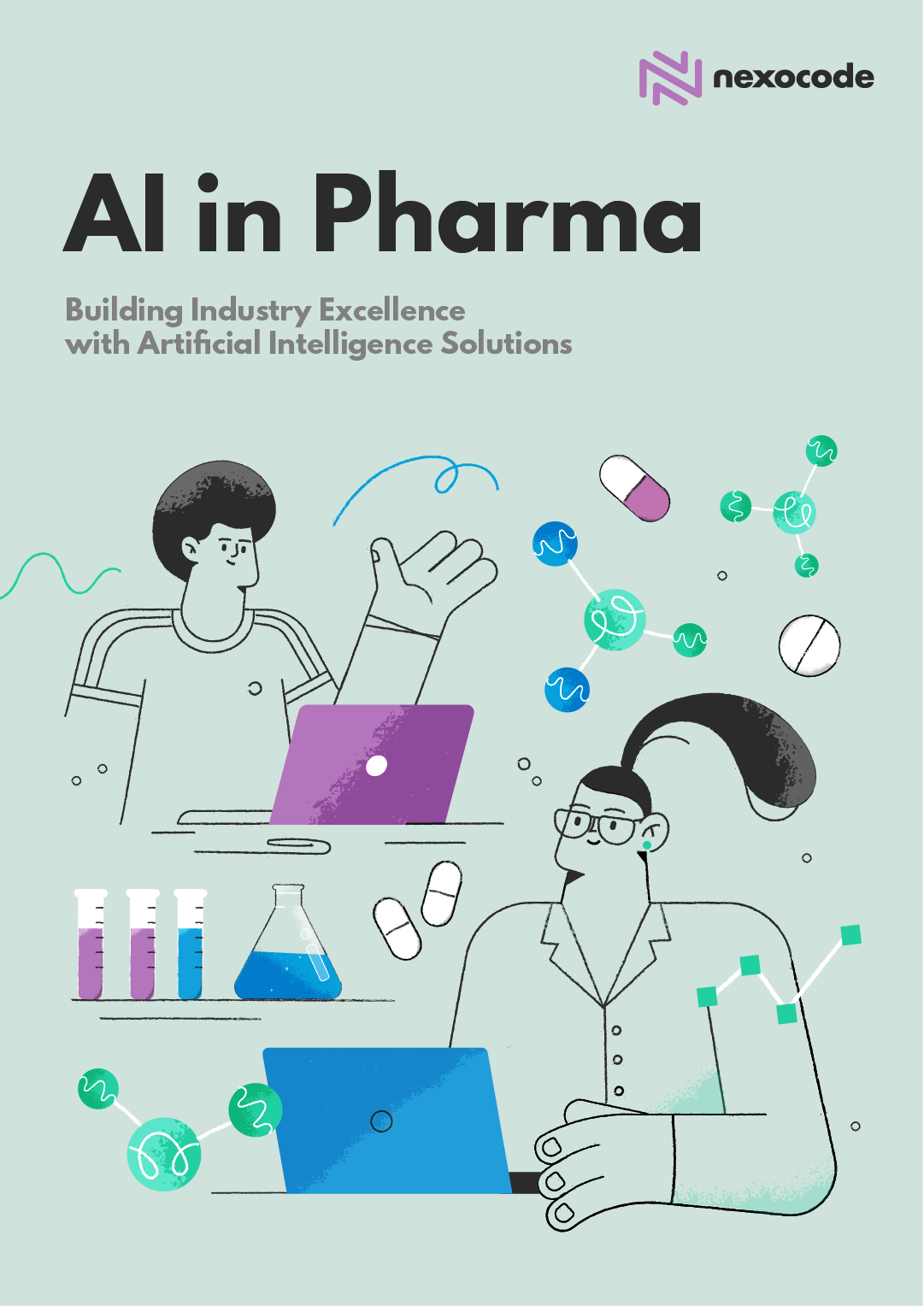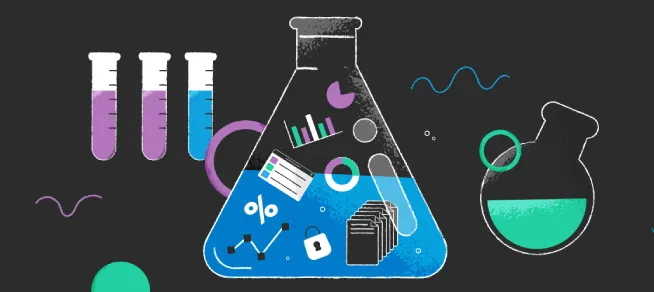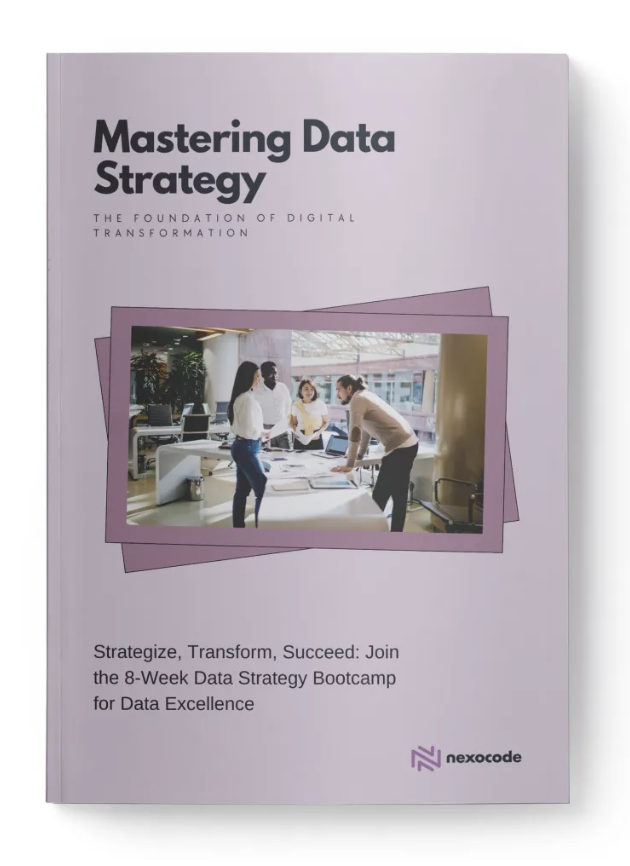In the past few years, big data has emerged as a powerful tool for solving some of the most pressing scientific research and drug discovery challenges. One area where big data is making an impact is
laboratory information systems and data management processes. The pharmaceutical industry relies heavily on big data and analytics to make better sense of the vast amounts of information about drugs,
their interactions with our bodies, clinical research, and more. Imagine how much time will be saved if a researcher could easily find clinical trial records or other past work that might have
involved similar patients? Currently, it can take days for researchers to comb through countless files to answer this question. But what happens when we apply predictive algorithms such as machine
learning models? The problem is turned into an optimization problem which then provides new insights into solving issues related to pharmaceutical research. This article outlines some problems in data
handling pharma currently faces before outlining opportunities afforded by advanced analytics techniques like machine learning that are helping solve these problems.
What is Big Data?
Big Data is a term that refers to the massive and varied datasets generated by recording digital touchpoints everywhere. Big data can come from website analytics, social media activity, customer
feedback, manufacturing records, or anything else where computers are watching over our day-to-day lives. It’s often collected automatically using algorithms that monitor web usage for specific
patterns (such as what people search for). This information is used to improve the content on websites, sell more products via targeted advertising and even predict disease outbreaks before they
happen. For the life sciences industry, data sources are slightly different and include the following:
- drug discovery research,
- clinical research and clinical trials,
- patients records and other health information,
- manufacturing facilities/processes,
- distribution data (POs, KSUs),
- raw material records,
- marketing and sales records from wholesalers, retailers, and distributors.
These data entries are combined and used to optimize
drug discovery and development processes, clinical trials, drug manufacturing, and distribution through data analytics. Business intelligence tools
and techniques need to be applied to make sense of the data, such as predictive analytics, sentiment analysis, text mining, or anomaly detection.
Lab Management Systems (LMS), another important data-heavy concept in the drug development and pharmacovigilance processes, can provide a single point of entry for laboratory requests for them to be
processed by various laboratories within the organization or among different organizations who share resources. Supported by machine learning algorithms, they can bring new insights and new value.
The need for better data management in the pharma industry
The pharmaceutical industry is really complex, and this complexity has translated to the pharma needing better management of their data. For example, tracking drug distribution can be complicated
because many different categories need to be captured (ex: Point-of-Sale Data from wholesalers, retailers, distributors). There’s also a lot of information in clinical trials and the drug development
process, which needs to be sifted through for insights, such as identifying patterns across groups or looking at efficacy by delivery method. This complexity translates into pharma needing better data
management to find pertinent insights from a vast amount of information. Other areas can benefit from using big data analytics as well, such as
pharmaceutical supply chain with managing inventory
levels, forecasting sales volumes, tracking patient need for drugs, and more.
Database pools in laboratories can be difficult to manage because they are separated from the main corporate database, and there is no correlation between them. This leads to various issues, including
discrepancies, delays in reporting, missed opportunities for real-time actioning of observations, and waste due to duplication of workflows.
Clinical Data Management
Clinical Data Management (CDM) manages all clinical data and information, including raw datasets from clinical trials and coded patient medical records. CDMs manage this huge amount of data through
coding methods designed for pharmaceutical industry standards such as HIPAA, ICH GCP guidelines, FDA regulations, etc. There is an increased need for clinical research transparency and better
collaboration between all stakeholders to establish tighter drug safety regulations in the future. In addition, pharmacovigilance processes make it imperative to establish a solid clinical data
management strategy.
The name Clinical Data Management is misleading because it implies that only clinical trials documents are involved when every type of document related to pharmaceutical research projects should have
a place inside the system: case report forms, correspondence, financial records, regulatory affairs, or compliance reports.
Massive amounts of clinical trial data
The constantly growing, sheer amount of data generated by the life sciences companies has also made data management and interpretation a daunting task. For example, clinical trials often collect huge
volumes of trial site reports on paper or via emails over time; these could be laboriously entered into databases days, weeks, or months after they were collected - by people who may not know how
these pieces fit together in the bigger picture. This means it’s difficult to keep track of the clinical research data as a whole. The biggest challenge CDMs face in today’s drug discovery, and
development environment is the constantly growing volume of clinical trial data generated by companies.
In addition to the high volume, the pharmaceutical CDM needs to manage diverse data entry types: structured and unstructured. Companies face nonstandardized parameters across different documents such
as lab reports and electronic health records (EHRs) and lack of interoperability between various laboratory instruments leading to redundant operations/inaccurate results. The bulk of clinical trial
documents are either PDFs or Excel files that are not normalized and have little structure (i.e., only title information), so retrieving needed content from these is a time-consuming process if
performed manually because it involves scanning through countless pages/documents for relevant content while ignoring irrelevant ones.
Is the volume a problem only for big pharma companies?
No, it is not. Pharmaceutical industry data management faces a big challenge with the volume and variety of clinical trial documents in its pipeline. Big pharma organizations need more robust systems
to manage this huge amount of data and provide an interface with end-users who can search and retrieve specific information without having to scan all available information sources themselves. For
smaller organizations, data management problems are more narrow in scope, but the same algorithmic approaches can be applied to eliminate manual, time-consuming work.
How can Big Data help simplify data management processes?
Pharma is one of the most data-intensive industries globally, and big data promises to simplify laboratory information systems (LIS) and data management processes. Big Data is not just a buzzword but
also an opportunity to eliminate manual processes and increase efficiency. With the wide availability of big data analytics tools in cloud-based infrastructures like Amazon Web Services (AWS), it
became easier for pharmaceutical companies to build robust systems that meet their needs. Pharma organizations can offer their employees easy access to clinical trial documents through customized
dashboards or by providing them with self-service portals to search and retrieve specific information without scanning all available sources themselves. As smaller organizations have more narrow data
management issues, big data approaches can be applied as well - especially when it comes down to time-consuming activities such as document scanning or reporting from contract research organizations (
CROs).
CDM is an important part of the pharma supply chain operations. It holds information on clinical trials, clinical research, patient profiles that have been collected through the company’s marketing
efforts, or health care providers that collaborate with them. The biggest pharma organizations invest heavily in CDM initiatives using tools like Hadoop-based platforms, cloud services, advanced
analytic techniques (e.g., predictive modeling), machine learning algorithms, etc.
Big Data and analytics can help by providing insights on potential distribution channels or markets where pharmaceuticals could be sold more effectively; they can facilitate inventory control systems
that integrate suppliers’ information about raw materials availability; they can provide faster responses to adverse events through real-time alerts from wholesalers/distributors supplying patients
outside the company’s scope.
In addition, big data and analytics can help in the creation of “CDS.” CDS is a highly customizable clinical decision support system that integrates drug-specific information on safety, efficacy,
pharmacokinetics (PK)/pharmacodynamics (PD), and other vital parameters to provide clinicians with specific recommendations for each individual patient or per specific medication.
In conclusion, big data analytics provides pharmaceutical companies with opportunities to improve their efficiency by eliminating the need for manual entry of information and providing actionable
insights. In other words, drug safety could be improved through better monitoring systems; clinical studies can be done more efficiently because they are driven by evidence-based decision support
tools rather than gut instincts or a “best guess” approach; inventory control is also improved from real-time alerts about availability of raw materials. If you want to know more about using AI in drug manufacturing
read our article.
What challenges could arise from implementing Big Data into pharmaceutical companies?
The potential cost of implementation
The biggest challenge that pharmaceutical companies will face when implementing machine learning systems is the potential cost of implementation. It can be not easy to decide which data sources are
relevant and how much investment should go towards this development initiative. Additionally, there needs to be a data governance plan in place so that all parties involved have access to the same
information at any given time for it to have true value.
Poor quality data leads to poor outcomes
Poor quality data from a pharmaceutical company’s database can lead to having poor outcomes when implementing artificial intelligence solutions. It might occur that the data will need to be cleaned up
before it can truly be leveraged for meaningful insights. There is a significant cost associated with this clean-up process, which can be difficult to justify when the data does not have an immediate
use.
The cost of big data storage
Another potential challenge would be the cost of storing all the datasets collected by biopharma companies over time, especially if they want to store them forever. These costs can quickly add up
without any clear ROI on how big data could help improve their business operations even more than it already does?
Lack of expertise within the company
Not every pharma company has Data Scientists on board. With a lack of expertise and knowledge, it can be difficult to implement big data strategies that drive value. You’ll need experts trained in
statistical programming skills for deep learning algorithms and business intelligence skills for data exploration and visualization and emphasize collaboration to innovate.
The challenge of making sense of pharma datasets
On top of the lack of expertise, there is also difficulty understanding all the different types of pharmaceutical data that need to be captured, analyzed, and managed. There are many unstructured
forms such as PDFs or scanned documents that can’t easily be parsed with traditional tools. Engineers working on the problem should work closely with pharma business experts for the best results.
Innovation can be scary.
The next big hurdle would probably be training employees on new processes or using different tools - even though these challenges could also provide opportunities for innovation within an
organization. There is little incentive for stakeholders to change their behavior until they see tangible benefits from big data adoption. This will require better communication around what problems
data analytics solutions solve, so it’s easier to convince them to adopt new practices over old ones. The most significant obstacle preventing this transition seems to be one rooted in changing human
behavior, not technology obstacles.
Questions to Ask Yourself Before Integrating Big Data into Your Data Management Operations
You should ask yourself and your co-workers several questions to identify if big data is right for you.
- Do I have a business problem that needs to be solved?
- What do we want to achieve with big data, specifically regarding my company’s business goals?
- Can my company afford the upfront costs of implementing and managing big data solutions?
- How much time am I willing to invest in learning about big data, understanding how it works, and evaluating its potential benefits?
- Who will be responsible for developing a strategy for how this data should be used internally at my organization?
- What cultural barriers within your organization will require significant change before beginning integration with big data?
- Is there an organizational change that needs to happen before integrating big data into the organization’s processes or operations?
- Where do I stand on making changes versus sticking with what has been tried and tested over decades of practice within your industry or sector?
Once you answer these questions, there should be no question whether integrating big data analytics into your current practices is worth exploring further. If so: proceed!
How to successfully implement AI-powered Data Processing at your company
To decrease the possibility of failure, think about approaching the implementation in an iterative way that embraces the culture of experimentation. Choose a strategic partner or solution provider
whose experience will help you reach your goals.
Start small with
AI Design Sprint to get aligned on the core problem, business goals, and possible solutions. Next, move on to the Proof of Concept phase to
validate the solution and dig deeper into the data and processes you already have. The next steps are to determine the costs, risks, and timeline for your production-ready project and move on with the
implementation of a scalable solution. Build automated pipelines, scale, and deploy your artificial intelligence app into production.
Summary
The artificial intelligence revolution has already begun in pharmaceuticals, and it will only continue to grow as more companies begin to harness its
power. The potential for what can be achieved is virtually limitless. Still, there are steps that need to take place first: defining goals, choosing solutions partners, understanding current
processes, refining use cases, and understanding the technological capabilities before implementing an AI-powered workflow.
If you need help with big data in the pharmaceutical industry, contact us today for more information about the process and to see how we can assist!
References
How data is changing the pharma operations world - McKinsey







